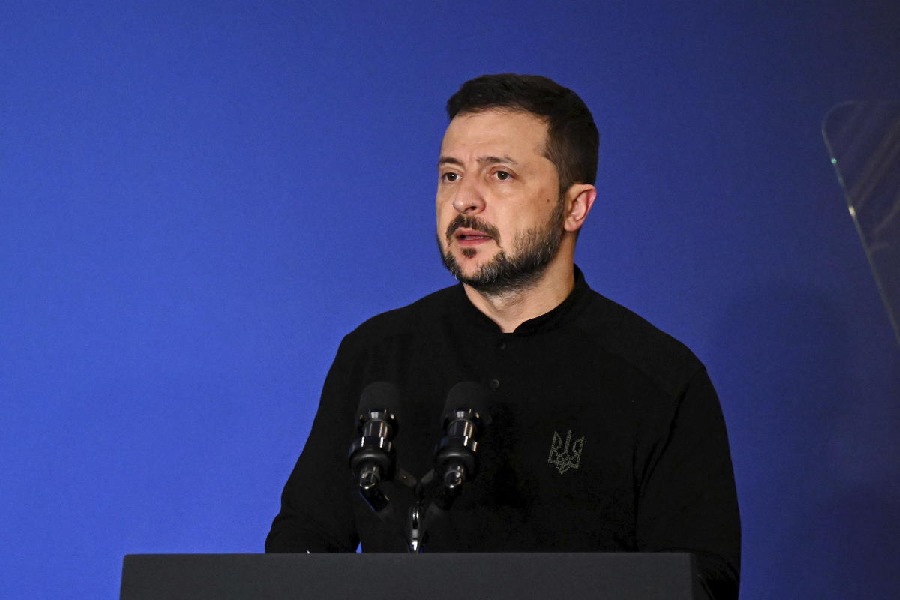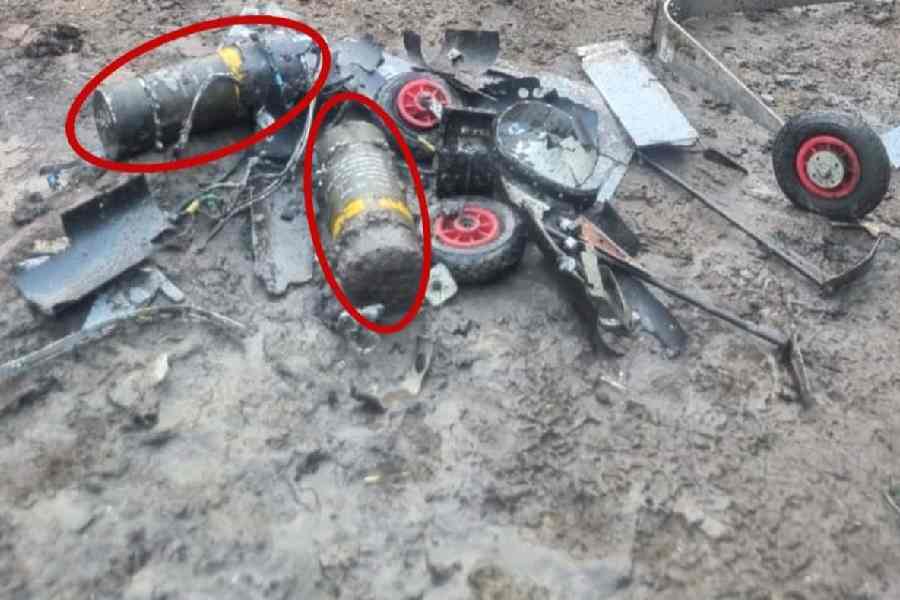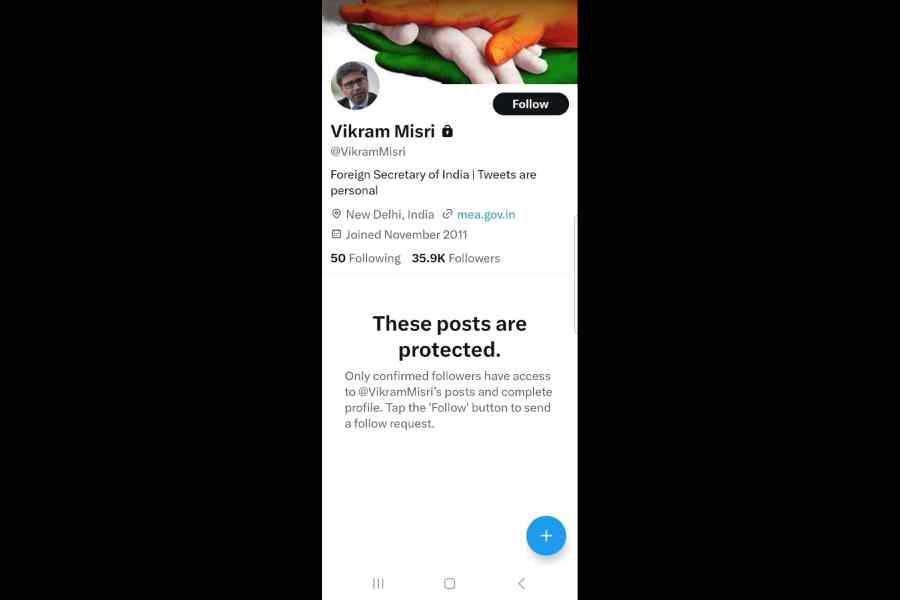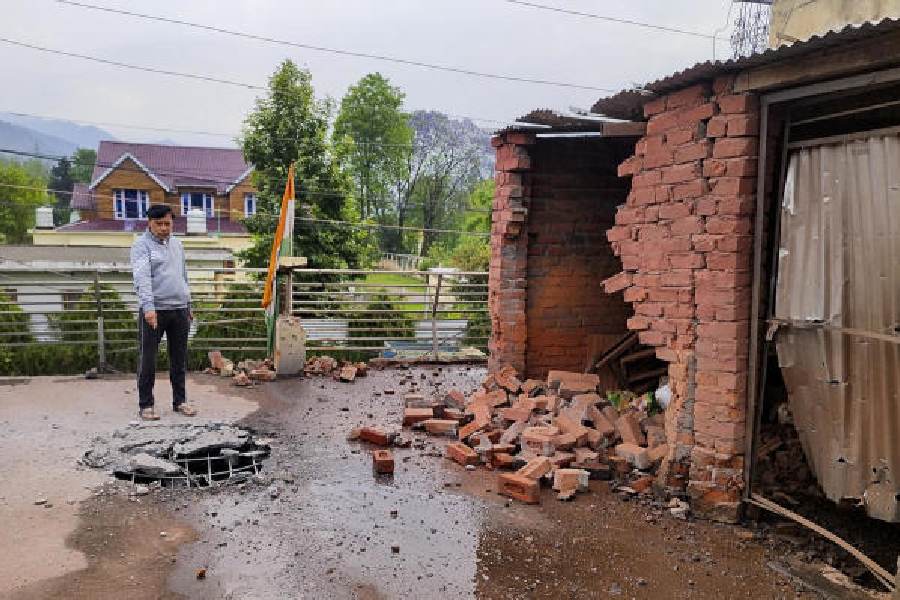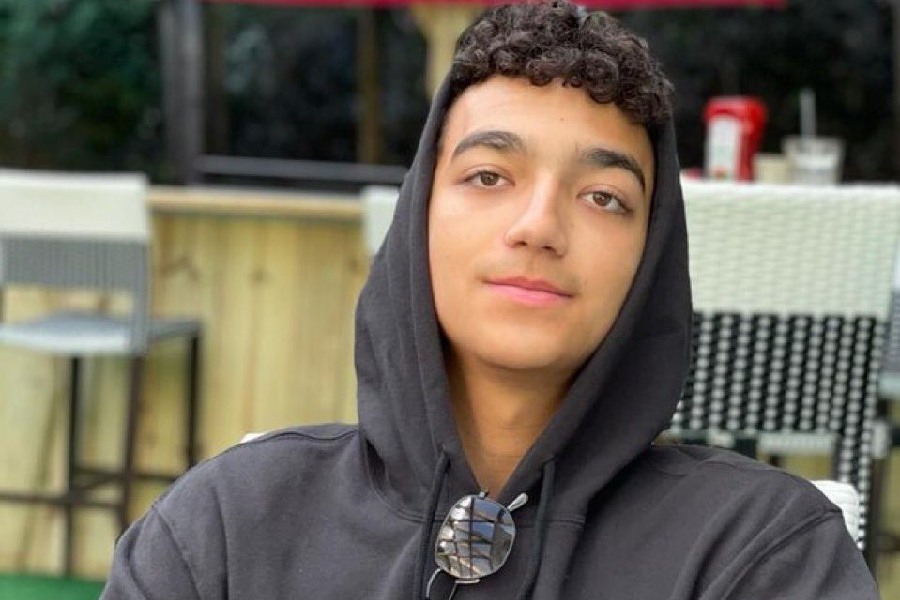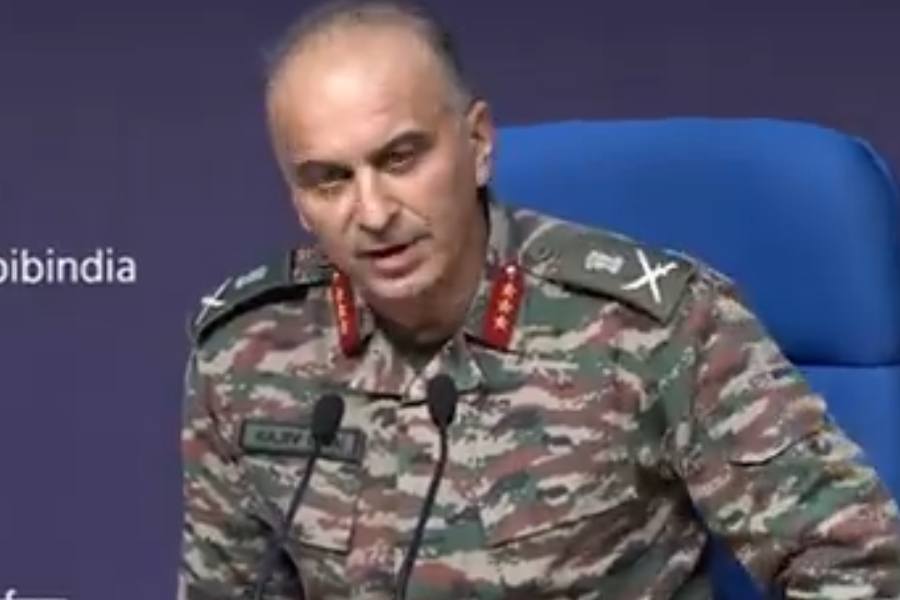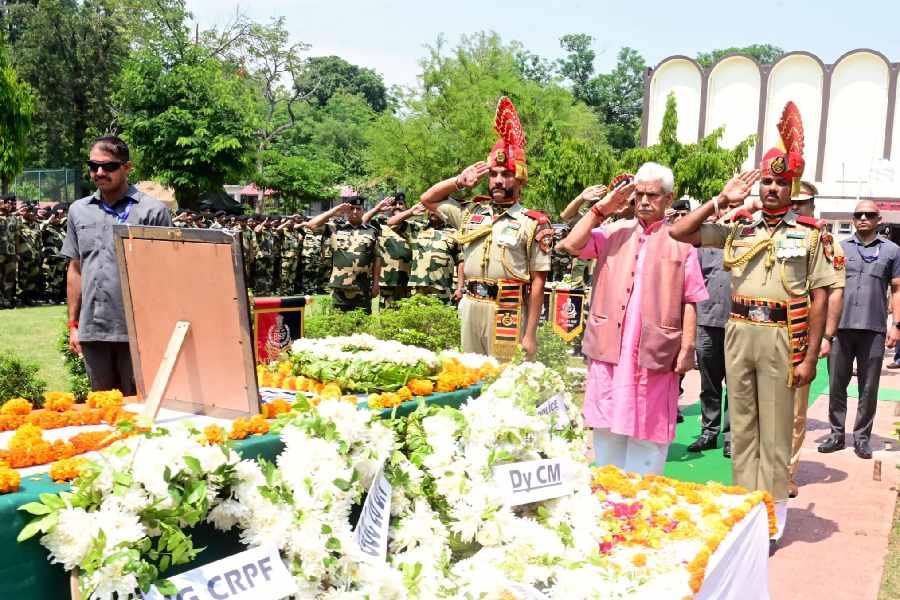
Minoo Bhatia is a talented young Indian filmmaker in London who was given a huge responsibility by BBC Television — producing and directing an hour-long documentary summing up the Queen’s 65 years as head of the Commonwealth.
In Britain, the documentary is an art form, requiring as much skill as making a feature film.
The Queen: Her Commonwealth Story, which was transmitted on March 26, offered a charming portrait of the Queen, but an important segment on India did not dodge difficult questions. It will soon be shown worldwide.
Minoo’s job was to pick the best from the immense amount of footage available — the Films Division of India offered its own archives — and turn it into an hour-long story. The presenter is Sri Lankan-born George Alagiah, one of the BBC’s most respected journalists.
Their travels in the course of making the documentary took them and their crew to Tonga “in the middle of Pacific”, Australia, South Africa, Ghana, and India.
Despite being the person in charge of a prestige BBC project — especially in the run-up to the Commonwealth Heads of Government Meeting (Chogm) in London from April 16-20 which Narendra Modi is due to attend — Minoo is understated.
“I am used to being behind the scenes,” she says modestly. “The role of the director is to make the presenter shine. He is the face of the film.”

To her credit, when it comes to India, the film does not dodge difficult questions. The Queen is given a rapturous welcome in 1961. The footage shows Rajendra Prasad, India’s President, driving along Rajpath in an open limousine with his guest; Nehru, his daughter Indira and sister Vijaya Lakshmi Pandit, who was India’s High Commissioner in London. The Queen, who is accompanied by Prince Philip, slips on sandals as she lays a handsome wreath at Rajghat. She witnesses the Republic Day celebrations in India only 14 years after Independence.
The Queen and Prince Philip take time off for a private trip to see their old friends from England, the Maharajah and Maharani of Jaipur, who organise the customary tiger shoot for the visitors. There is a photograph of the magnificent beast laid out in one photograph. Maharaja Jai Singh is a small boy in the picture.
He is now embarrassed when Alagiah shows him the photograph and mutters defensively: “You are talking of 1961.”
In 1961, the British high commissioner in Delhi is Sir Paul Gore-Booth. In 1997, when his son, Sir David Gore-Booth, is high commissioner, the Queen returns for the 50th anniversary of Indian Independence. When the Queen visits Jallianwalla Bagh, Sir David announces that “the Queen is not going to apologise but she is going there to lay a wreath — a special gesture”. There is a protest demonstration outside the British high commission.
On Foreign Office advice, the Queen tells a banquet “there have been some difficult episodes in our past — Jallianwalla Bagh....is a distressing example”.
The British government advised the Queen not to use the word, “sorry”. She has not been back to India since.

Asked whether she enjoyed making the documentary, Minoo replies: “Loved it. Really, really loved it. All of the research was so interesting. It was a joy going through the archives and choosing the best shots. A lot of it was shot on film so that quality was gorgeous to work with. Travelling was brilliant. It was really wonderful travelling with George, very, very good company. We really were a close team. “
She hopes those who see her film will “understand more of the Commonwealth. In a post-Brexit world the Commonwealth could potentially be much more significant.”



